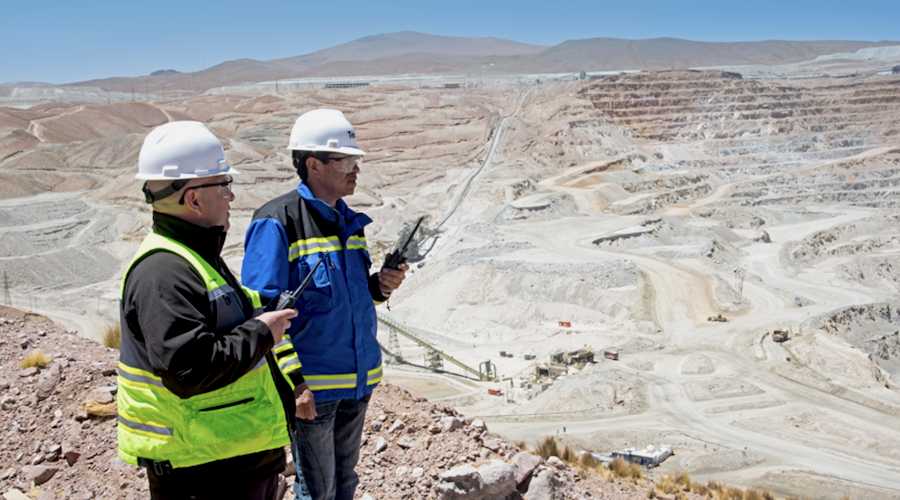Scientists find new way to extract uranium from seawater

A group of scientists form Stanford University is working on a new method to extract uranium from the ocean, which could be particularly useful in areas with no uranium mines but that need the material to power nuclear plants.
The team’s main goal is to come up with a much more environmentally friendly alternative to extracting the radioactive material than the current mining techniques, according to a statement.
A method for extracting high quantities of uranium in a short time could help make nuclear power a viable part of the quest for a carbon-free energy future, the team says.
While the presence of traces of uranium in seawater has been a known fact for years, the amounts present are very low and difficult to extract. But if the researchers at Stanford University can prove their method is cost effective, the situation could quickly change.
“Concentrations are tiny, on the order of a single grain of salt dissolved in a liter of water,” Yi Cui, one of the researchers, said in the statement. “But the oceans are so vast that if we can extract these trace amounts cost effectively, the supply would be endless.”
When uranium comes in contact with the oxygen from the ocean, it forms the compound uranyl. The team plans to collect the vast supplies by using amidoxime, a compound that would pull only uranyl from the water. The amidoxine coats a pair of carbon electrodes, which are able to accumulate large amounts of the uranyl that could then be sent off for processing.
The scientists put their method to the test and found they were able to extract three times as much uranyl in an 11-hour period compared to their previous method of using only an amidoxine-coated brush. The new method also sustained the electrodes for future uses.
Despite the team’s success, there is a long way to go before large-scale application. To be commercially viable, the benefits of the extraction method must outweigh its costs. The process also needs to be streamlined to treat large quantities of water. “We have a lot of work to do still but these are big steps toward practicality,” Cui concludes.
If successful, the method could make of nuclear power generated with uranium extracted from seawater a renewable energy, as it’s continuously replenished, just as solar, hydro and wind.
The researchers’ findings have been published in the journal Nature.
{{ commodity.name }}
{{ post.title }}
{{ post.date }}

3 Comments
Patrice BRUNETON
Hi Cecilia,
see water contains about 4 billion tons of uranium at a grade of 3-4 ppb. Rivers bring probably at least 10 000 t of U every year, thus the “deposit” is regenerating giving endless resources ! Cool ! You can also apply this to all the other elements.
Several teams are working for years on extraction of U around the world (USA, Japan, Great Britain, …..) and you see improvements on a regular basis. However, to extract “high quantities of U in a short time” is not for tomorrow when you see the size of the necessary equipment to extract decent quantities of U (10 x 70 km grid on the bottom floor to recover 1200 t U) describe in one US study.
Also, with abundant U and Th resources, and oversupply of U stocks, extraction of U from sea water will probably remain marginal for a long time.
Patrice BRUNETON
Restless Boomers
Nuclear power generation is not competitive today (all-in cost basis) despite the extremely low price of uranium. Rapidly advancing alternative technologies are going to continue to drive generation costs down and eliminate the need for expensive grid infrastructure. Needless to say, we’re not investors in nuclear power.
Mike Failla
Sure enough that we have a lot of natural gas.